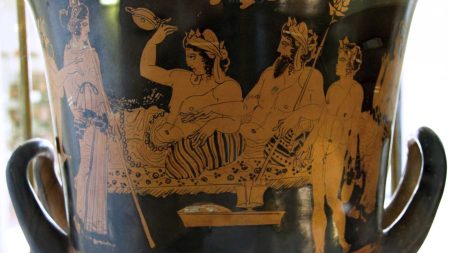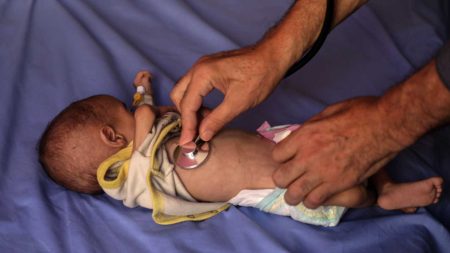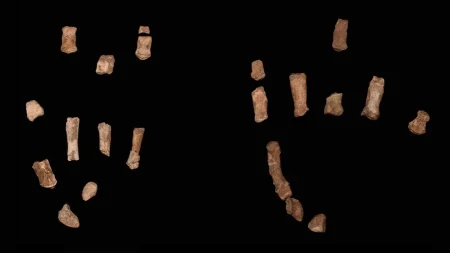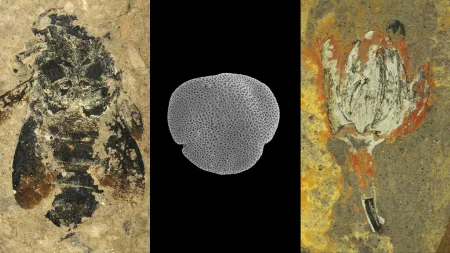The transatlantic slave trade remains a harrowing chapter in human history, its complexities and nuances still under active investigation. While historical records provide a broad overview, they often fail to capture the individual stories of the millions forcibly displaced from their African homelands. A recent scientific endeavor offers a novel approach to reconstructing these lost narratives, employing the element strontium as a geographical fingerprint to trace the origins of enslaved individuals. This innovative technique promises to enhance our understanding of the slave trade’s intricate web and the diverse backgrounds of those caught within it.
Strontium, a naturally occurring element found in the Earth’s crust, exhibits variations in its isotopic composition depending on the underlying geology. These isotopic ratios are absorbed by plants and animals, ultimately becoming incorporated into the tissues of humans who consume them. Consequently, the strontium isotopic signature in an individual’s remains, particularly teeth, can serve as a proxy for the geological environment where they spent their formative years. By comparing strontium ratios in human remains to a comprehensive map of strontium variations across Africa, researchers can pinpoint the geographic origins of individuals with unprecedented precision.
This ambitious project, documented in Nature Communications, involved the painstaking collection of nearly 900 environmental samples from 24 African countries. This extensive dataset, combined with previously published data, allowed researchers to construct a detailed strontium isotope map of sub-Saharan Africa, the primary source region for the transatlantic slave trade. The resulting map represents a significant scientific achievement, offering a powerful tool for researchers across various disciplines, including archaeology, conservation, and the study of human migration.
The potential of this strontium mapping technique to shed light on the slave trade became evident when researchers analyzed the dental remains of enslaved individuals buried in Charleston, South Carolina, and Rio de Janeiro, Brazil. By comparing the strontium isotopic ratios in these remains to the newly developed map, they were able to refine the geographic origins of these individuals beyond what was previously possible with genetic analysis. This added layer of detail provides crucial insights into the lives and experiences of those forcibly removed from their homes, offering a more nuanced understanding of their identities and cultural backgrounds.
One particularly compelling case involved two men named Daba and Ganda, buried in Charleston. While genetic analyses had previously identified their general West African ancestry, the strontium analysis narrowed down their likely origins to southwestern Ivory Coast, southern Ghana, or eastern Guinea. This level of precision allows researchers to connect these individuals to specific cultural and political groups, providing a more textured understanding of their lives before enslavement. This information can be invaluable in reconstructing the complex social and cultural dynamics of the slave trade, revealing not just the broad strokes of forced migration but also the individual narratives that comprise it.
The strontium mapping technique represents a significant advance in the study of the transatlantic slave trade and human migration more broadly. While the current map provides a valuable framework, its spatial resolution can be further enhanced by collecting additional environmental samples across Africa. This ongoing effort will refine the accuracy of geographic assignments and unlock even more detailed information about the origins and experiences of enslaved individuals. The interdisciplinary nature of this research, involving archaeologists, botanists, zoologists, and ecologists, underscores the power of collaborative scientific endeavors to address complex historical questions. This project highlights how scientific innovation can not only unearth new knowledge but also contribute to a more complete and nuanced understanding of the human past, providing a powerful tool for historical justice and reconciliation.















